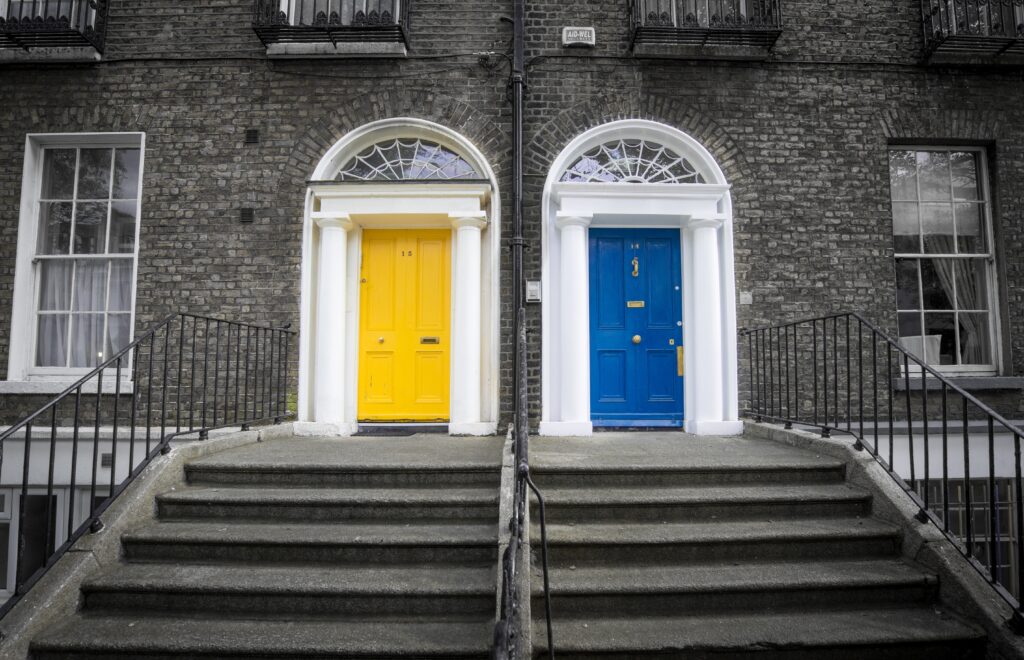
What is a Conveyancer?
A Conveyancer is someone who can help you through the process of selling buying or mortgaging a property so when your bank or estate agent tells you that you need a Conveyancer, they mean someone who specialises in the legal aspect of transferring property from one person to another.
A Conveyancer can also be a Solicitor, licensed Conveyancer or a Chartered Legal Executive.
What is conveyancing?
Conveyancing is the legal process of transferring a house from one person to another or the process of securing a mortgage or debt.
Most people think that Conveyancers only assist with sales and purchases which isn't strictly true. Sometimes you will need a Conveyancer even if you are not selling or buying a property outright. There may be instances where you already own your home but you wish to transfer the property from joint names into one name. Or vice versa if your circumstances have changed. A Conveyancer will draw up the documents to transfer the property and will then ensure that the ownership is correctly registered at the Land Registry.
You will also need a Conveyancer if you wish to re-mortgage your property, for example because you want to repay your current mortgage and take out a new mortgage with a new lender. A Conveyancer would deal with the legal work associated with the mortgage. Ensuring that the correct procedure is followed and that the loan is correctly secured against the property.
The conveyancing process can be very complicated but it is also very procedural with notable key stages along the way. For those selling and buying a property it is also an extremely important commercial transaction and it is not merely a legal process.
The majority of the Conveyancing work is carried out between a Conveyancer receiving instructions and exchanging contracts. We generally call this pre-exchange. If you are buying a property, it is at this stage that enquiries and searches are raised, and reports are sent to you regarding the title, searches and if applicable, your mortgage offer. It is usually only once this stage is complete, that you will be asked to sign the documentation.
The Documentation
Both the seller and buyer will sign separate but identical copies of the contract (sometimes called the agreement) and transfer. If the buyer is having a mortgage, then they will also sign a mortgage deed.
The contract sets out the agreement reached between the seller and the buyer and sets out the price of property, the names of the parties and the completion date. It also incorporates standard conditions, which set out each parties obligations and responsibilities.
The transfer is prepared by the buyer’s Conveyancer. It is this document that passes the ownership of the property from the seller to the buyer. It is dated with the completion date and is sent to the Land Registry after completion, meaning that the Land Registry records can be changed to reflect the new owner of the property.
A mortgage is the loan taken out to assist you with buying the property and it is secured against the property. The mortgage deed, is the document that secures the money and the obligations imposed by the Lender.
Exchange and Completion
The next key stage in both buying and selling property, is the exchange of the signed contracts between the seller and the buyer. The exchange of contracts usually takes place over the telephone. Once completed, it is this that legally commits both parties to the sale and purchase of the property. It is also on exchange of contracts that a completion date is set. The completion date is when the money and keys are handed over and the date that you physically move house.
Following Completion
Once the transaction has completed, the buyer’s Conveyancer will send an application to the Land Registry to transfer the property into the buyer’s name and secure any new mortgage. The old mortgage will be repaid and removed by the seller’s Conveyancer.
The Land Registry usually take around 3-4 weeks to deal with applications unless they are more complex. The buyer’s solicitor will then receive a copy of the updated register and will provide the buyer with copies together with any documents and deeds relating to the house for the buyer to keep.




